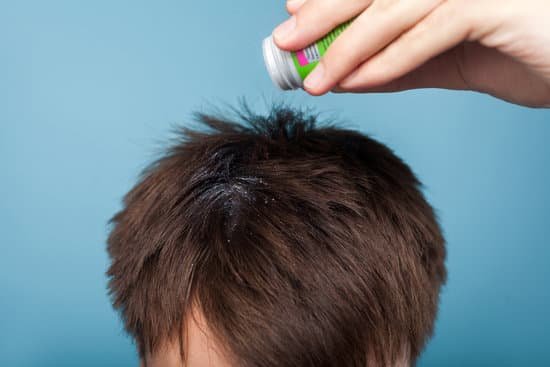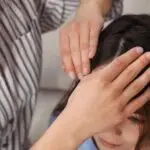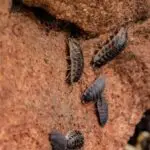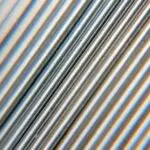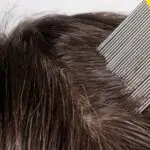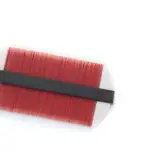Do Head Lice Have Genders?
Head lice do have genders and are capable of reproducing sexually. The female louse needs to mate with a male louse to produce fertile eggs. Mating can occur anytime, day or night, and continues throughout the adult life of a head louse. Male lice are not likely to disperse from a batch as eagerly as females, but are able to store sperm for a future mating. Female lice have six legs and are larger than male lice.
Adult lice are about the size of a sesame seed and have six legs with claws. Adult lice are gray-white or tan in color and can live for 30 days on a person’s head. Adult lice feed several times daily and die after two days of not feeding on the host.
Head lice lay eggs on the scalp. These are hard to see, and are sometimes mistaken for dandruff or hair spray droplets. The eggs are laid by an adult female louse at the base of a hair shaft. Adult female louse eggs are 0.4-0.5 mm long and are difficult to detect. Eggs of female louse are difficult to remove because the shells are cemented onto the hair shaft. The eggs hatch within three to ten days after laying and remain attached to the scalp.
Female bias in human head lice has been recognized for more than 100 years. The female-biased genotype contributes more individuals to the population than unbiased genotypes. This is consistent with findings from other parasites such as ladybird beetles. Another possible explanation for the sex bias in head lice is local resource competition between females.
